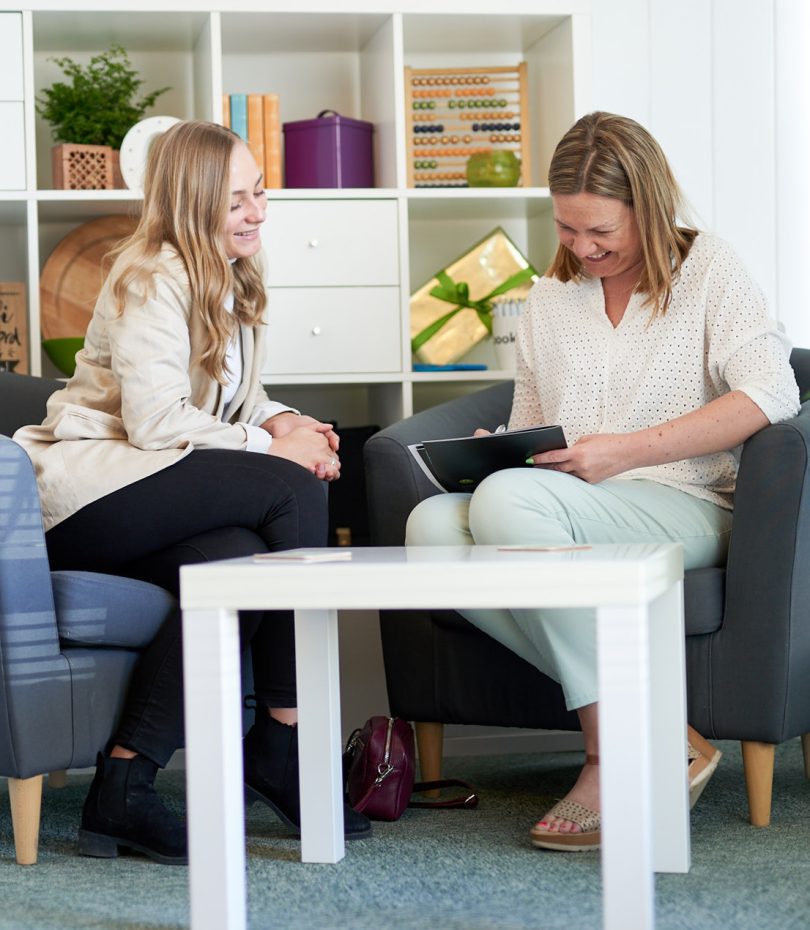
The way VAT is paid and reported in the construction industry has changed in an effort by HMRC to reduce VAT fraud. A new domestic reverse VAT charge from 1 March 2021 affects the building and construction services industry. Detailed guidance can be found on the government website.
We’ve summarised the key things you need to know about the new change, who it applies to, what you need to do moving forward and where you can find more advice.
If your VAT-registered business supplies or receives construction and building services under the Construction Industry Scheme (CIS), the new legislation may mean that the customer will be responsible for reporting and accounting for the VAT to HMRC, rather than the supplier.
This new VAT accounting applies to supplies with a tax point after 1 March, although special timing rules apply if self-bills or authenticated receipts are used.
The new reverse charge applies to standard and reduced-rate VAT supplies made by individuals or businesses registered for UK VAT where at least part of that supply falls within the CIS.
Check HMRC’s list of services that the reverse charge applies to.
The charge works differently depending on if you’re supplying services or buying services. The government has simple flowcharts you can use to check whether the new charge will apply if you’re supplying services or buying services.
If you are buying in supplies that are subject to the reverse charge, when you receive an invoice from your subcontractor, you’ll need to report both the input and output VAT (boxes 1 and 4).
If you are making supplies that are subject to the reverse charge, no VAT will be charged on your invoices to eligible CIS customers. You’ll need to add a note on your invoice declaring that the domestic reverse charge for VAT applies. You should state how much (or at what rate) VAT is due, and tell your customer they will be required to account for it. You must not include the VAT amount in the amount payable by your customer.
For businesses using the Flat Rate or Cash Accounting schemes, these can still be used, but only for sales and purchases that do not fall under the new reverse charge rules. Any sales or purchases that come under the reverse charge should be accounted for outside the Flat Rate and Cash Accounting scheme rules and instead follow the new reverse charge rules.

Be aware of how the new charge could affect your cash flow, as you may end up with less working capital because you don’t receive the added VAT on your invoice. A cash flow forecast is a good place to start. It shows what money is going in and out of your business, helping you to manage your working capital effectively. If you end up regularly receiving refunds of VAT from HMRC, you may benefit from switching to monthly VAT returns.
If you have staff who are responsible for handling VAT and accounting, make sure they’re up-to-date with how the new charge will work, and that they’re able to identify CIS contracts and end users.
Make sure your accounting systems and software can deal with the reverse charge.
Be aware of how the new charge could affect your cash flow, as you may end up with less working capital because you don’t receive the added VAT on your invoice.
Our friendly and helpful approach to accountancy, ensures that you understand and are in tune with your finances. Our committed team will communicate with you every step of the way so that you understand the position of your financial affairs – get in touch today.
